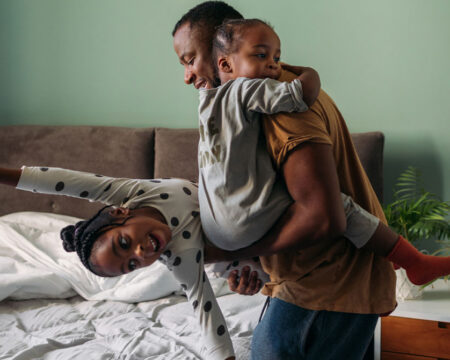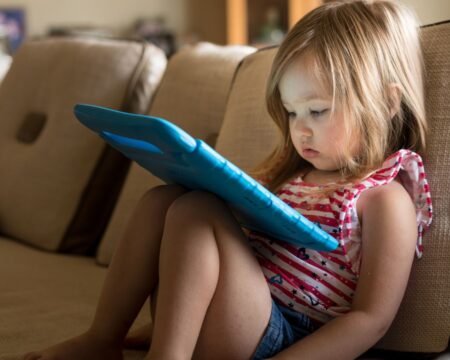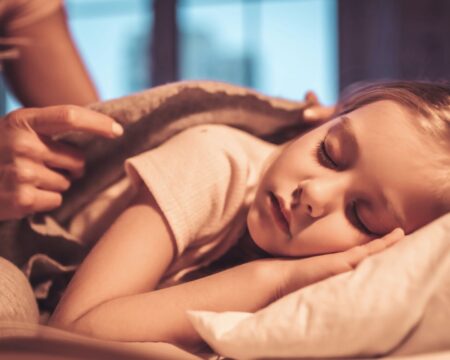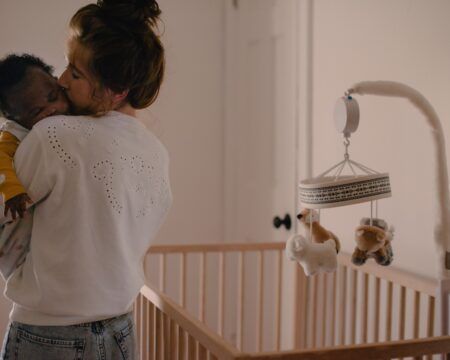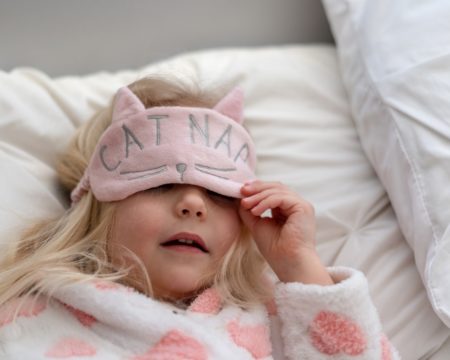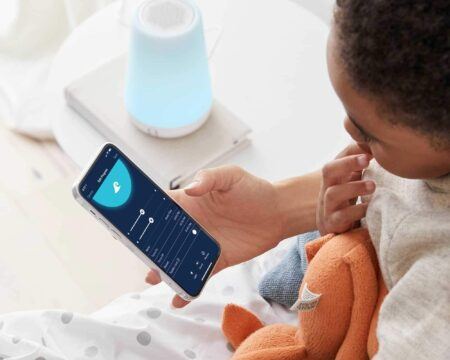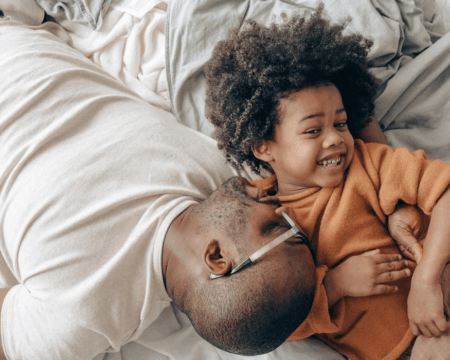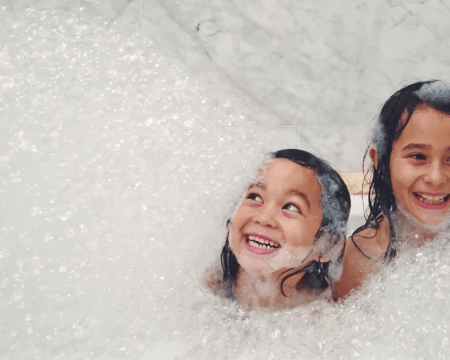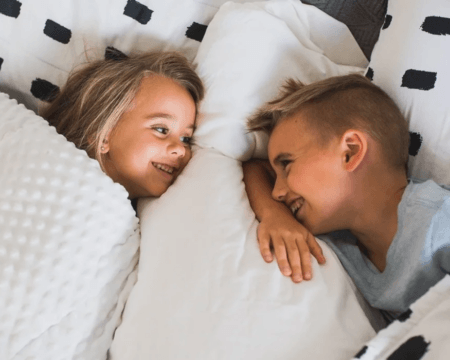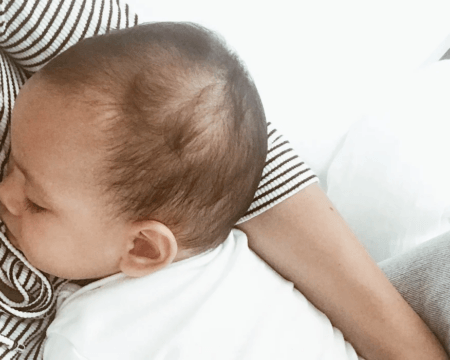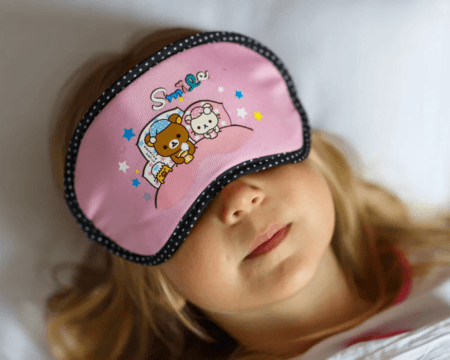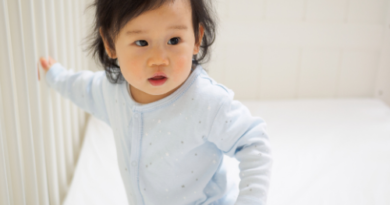A sleep scientist shares her best sleep tips for traveling with babies and kids
The word “vacation” conjures up white sandy beaches, palm trees, and drinks next to lounge chairs.
Or at least, it did until you had kids.
Now, vacations tend to be called “trips”—and some parents find they’re more trouble than they’re worth. Mainly because of the havoc they can wreak on your children’s schedules, and in particular, their sleep.
That is, if you don’t take the proper steps to prepare.
There is a way to travel successfully with young children to keep their sleep schedule on track and their dispositions on the sunnier side—even across time zones.
I’m Dr. Sofia Axelrod, chronobiologist and mother of two. The science-based sleep solutions found in my book How Babies Sleep and in my company Kulala have helped countless parents and children get the sleep they need to be happier and healthier.
Here are all my tips on how to successfully travel with children.
Stick to your schedule (as much as possible)
Some disruptions to your schedule can’t be helped. You need to take a 5 a.m. flight, or you’re arriving at your hotel after your child’s bedtime. But my number one tip for traveling is to stick to a regular schedule as much as possible in terms of feeding, naptimes and bedtimes.
But what if you’re changing time zones? There are two ways to deal with this.
Solution 1: Stay on your own time zone
For shorter trips, consider not switching at all. For example, if you’re traveling from Los Angeles to New York, and your child normally goes to bed at 7 PM, put them down at 10 PM. Wakeup time at 7 AM? Make it 10 AM.
This way, your child’s circadian rhythm isn’t interrupted at all—as long as you keep the light and noise situation the same (more on that below).
This will be the least disruptive to your child’s routine in the long run. And then when you return home—there’s nothing to do but continue to follow your routine.
If you’re traveling a longer distance, or simply can’t stay on your former time zone for practical reasons, there is another solution: the gradual shift.
This story is a part of The Motherly Collective contributor network where we showcase the stories, experiences and advice from brands, writers and experts who want to share their perspective with our community. We believe that there is no single story of motherhood, and that every mother’s journey is unique. By amplifying each mother’s experience and offering expert-driven content, we can support, inform and inspire each other on this incredible journey. If you’re interested in contributing to The Motherly Collective please email Collective@mother.ly.
Solution 2: Gradually shift to your new time zone
The least disruptive way to adjust your child to a new time zone is to do it gradually.
To do this, move your child’s routine by 30 minutes each day before you arrive at your destination (if you’re traveling east—more on that below.)
This strategy hits a wall once it collides with logistics—there’s only so much wiggle room in most families’ schedules. Still, typically you’ll be able to shift everybody’s schedules somewhat before you travel, which will significantly reduce jetlag.
For example, if you’re flying to London from New York, you’re dealing with a 5-hour time difference. So 7 days before your flight, shift your schedule by 30 minutes per day, starting with wake-up time, naps, bedtime, meals, and any other activities if possible. Then shift it 30 minutes more each day.
This may make for some strange days, but that’s okay. The magic is that you’ll already be partway to your new schedule when you arrive. You can use the Kulala app for this process: simply change your desired wake time every day by 30 minutes to get your family on the right schedule.
Once you’re at your destination, honor your body’s clock by continuing to shift slowly. Or if you’re staying for less than a week, consider staying on that middle-of-the-Atlantic time zone the whole time.
Related: It’s science: Vacations make your kids happy long after they’re over
To prepare for the trip back home, do the same, but in the opposite direction.
This shift likely won’t occur without some fussiness. A disruption in schedule is just that: a disruption. But shifting sleep by 30 minutes to an hour at a time is far less disruptive than trying to do a 3-hour or 5-hour shift all at once.
Another tip: Flying west is easier on the body, because our circadian clocks adjust more easily. So for shifting west, you can do it in 1 hour daily increments, before, during, and after travel.
How do you successfully shift your child’s sleep schedule? By using light.
Use the right sleep tools
To get your child to sleep as well on the go as they do at home, replicate your child’s sleep environment as best you can.
Here are the things you’ll need
Blackout curtains (editor’s note: find our faves here) and a red light lamp
Light is a huge factor when it comes to sleep. Blue light, or the kind that comes in sunlight and most artificial lamps, signals to our bodies that it’s time to wake up. Absence of that blue light signals that it’s time to go to sleep.
Children are even more sensitive to light than adults. So make sure to make it dark when it’s time for your child to go to sleep, and keep it dark or use only red light, like the Kulala Baby Sleep Lamp, during the time to stay asleep. Let blue light in only at your desired wake times.
In addition to having a red light on hand when you travel, we recommend bringing along your own black-out shades or pods, like these basic, affordable, portable shades from Amazon, or these products from Snoozeshade and Slumberpod, to keep blue light out of your child’s sleep environment until the appropriate time.
Related: 7 blackout curtains that create the perfect cozy sleep cave
White noise
You can’t always control noise when you’re traveling, so having a white noise machine is helpful. Bring a portable one, or try an app, like Guva.
The right sleep space
I always recommend babies sleep in their own space. If possible, have a crib or bassinet at the destination you’re going, either rented or borrowed.
If that’s not possible, there are some great travel crib options, like this one from Baby Bjorn. If you have an older child, you may be able to get away with a regular bed at your destination.
Your child’s comfort objects
Use other tools to replicate the sleeping space your child is used to as much as possible. That means bringing along your child’s sleep sack, a pacifier, their lovey—anything they normally sleep with should come on the go with you, too.
Get back on track when you get home
When you get back home, make sure to get back to your routine right away, using the gradual shift described earlier, and with support of your red light lamp. That way, you won’t need a vacation to recover from your vacation.
For more tips on traveling with babies and kids, my book How Babies Sleep has everything you need! I highly suggest picking up a copy before your next trip.
Sofia Axelrod, PhD, is a neuroscientist, sleep consultant, author of “How Babies Sleep” and founder of Kulala. Dr. Axelrod is a sleep researcher in the laboratory of Michael W. Young, the winner of the 2017 Nobel Prize in Physiology or Medicine. When she became pregnant with her first child, Dr. Axelrod, a lifelong insomniac, feared she would never sleep again. After the birth of her first baby, she naturally applied her expert knowledge to baby’s sleep. It worked so well that she started working with other families, hosting baby sleep workshops, and developing science-based baby sleep products through her company, Kulala .
.
Through her work, Dr. Axelrod is providing new parents with the thing they needed the most: a good night’s sleep. By helping the public using sleep secrets plucked from the frontlines of scientific research, Dr. Axelrod’s ultimate goal is to fundamentally improve sleep in our notoriously sleep-deprived society, in particular for parents of young children.



